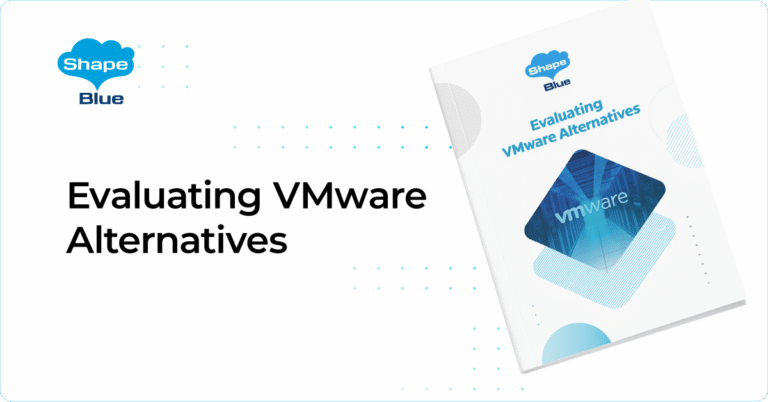Usage Management UI | CloudStack Feature First Look

Introduction When operating a cloud, it’s vital to monitor its resource usage to understand usage patterns and the resources being utilized. While CloudStack already enables viewing resource usage through the API, it previously lacked this capability via the UI. For configuring the usage service to track the usage of different resources, please refer to our […]
Apache CloudStack Auto Purging | CloudStack Feature First Look
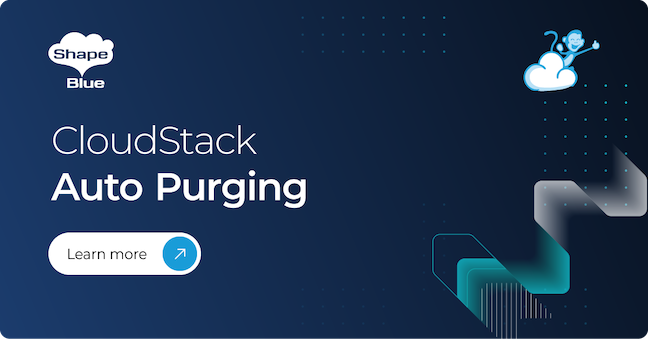
When resources such as Instances, Disk Volumes, Snapshots, or Templates are marked for deletion, they are typically removed from the Primary and Secondary Storage, meaning they are no longer consuming physical storage space. However, the metadata and records associated with these resources remain in the database, flagged as “removed”, consuming valuable database storage space and […]
Inside CloudStack Collaboration Conference 2024: ShapeBlue’s Recap and Highlights
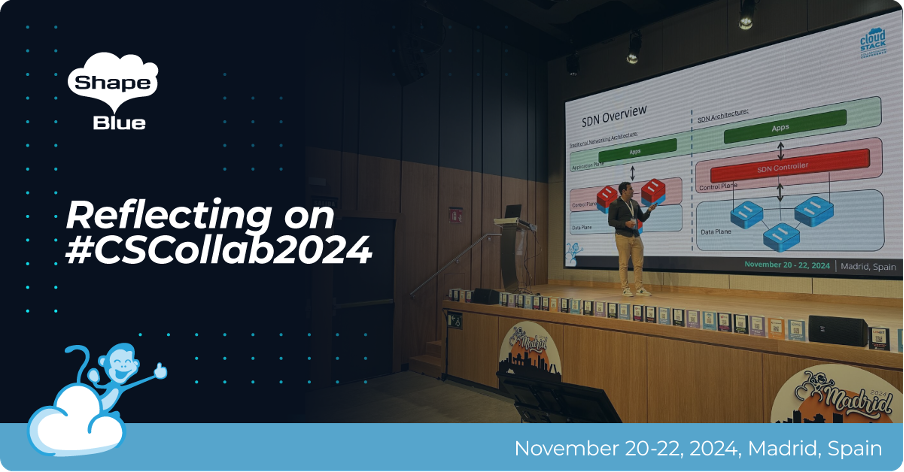
The CloudStack Collaboration Conference (CCC) 2024 has come and gone, and what an incredible event it was! It was great seeing the community come together from all corners of the globe to collaborate on all things #CloudStack. As a Diamond Sponsor, the ShapeBlue team is proud to participate in this conference each year, whether through […]
Apache CloudStack 4.20
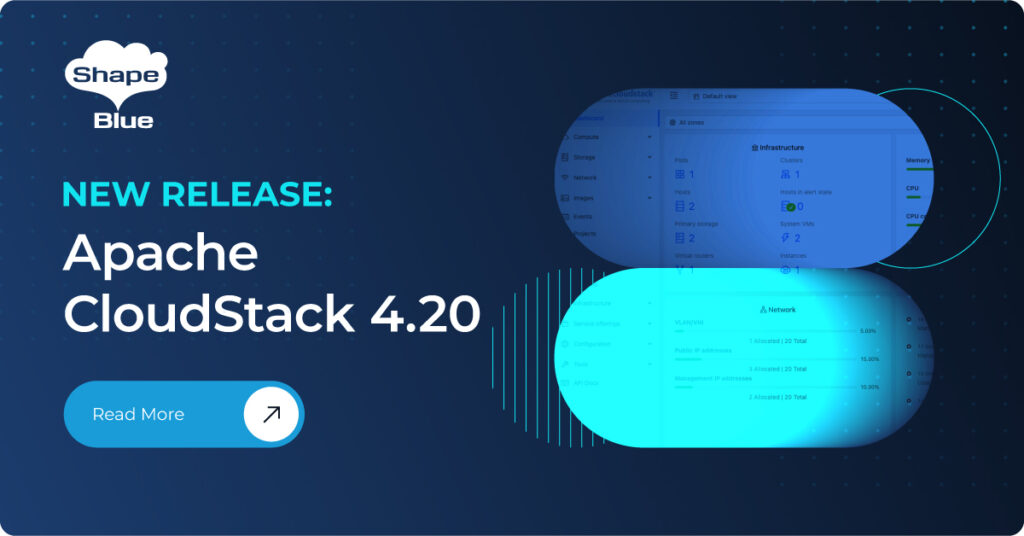
Apache CloudStack 4.20 introduces exciting new features and enhancements, marking another milestone in cloud infrastructure management. As an LTS (Long Term Support) release, it will be maintained for 18 months, providing long-term stability and support to CloudStack deployments. Below is a summary of the major new features introduced in this version: ARM64 Support and Multi-Architecture […]
Hardware Specific Resource Limits | CloudStack Feature First Look

In Apache CloudStack, Resource Limits allow administrators to enforce restrictions on key cloud resources such as Instances, public IPs, Volumes, Snapshots, and Storage. These limits help manage resource consumption across Domains and Accounts, promoting efficient use of infrastructure. Global default limits can be set or customized for specific Projects, Accounts, or Domains. Additionally, tags can […]
NAS Backup and Recovery Plugin | CloudStack Feature First Look

CloudStack 4.20 release is introducing a new plugin for the Backup & Recovery (B&R) framework. Thus expanding the existing backup framework to support network-attached storage (NAS) as a backup destination. This plugin works alongside current solutions like Veeam Backup and Replication, and Dell NetWorker giving administrators a flexible way to integrate NAS into their backup […]
CloudStack Webhooks Framework | CloudStack Feature First Look
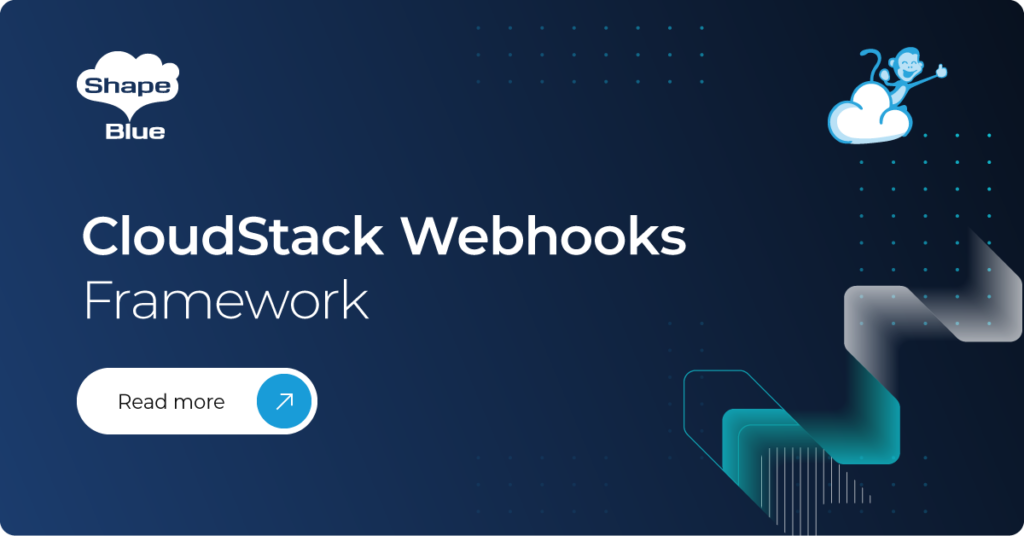
Event notifications enable real-time communication of critical events to external systems and users. They allow key actions and changes to be promptly reported, supporting immediate response and integration with other services. For example, event notifications can alert administrators for resource utilization thresholds, or system failures, enabling proactive management and automation. Likewise, users can receive alerts […]
ShapeBlue Takes the Stage: Expert Sessions at CloudStack Collaboration Conference 2024
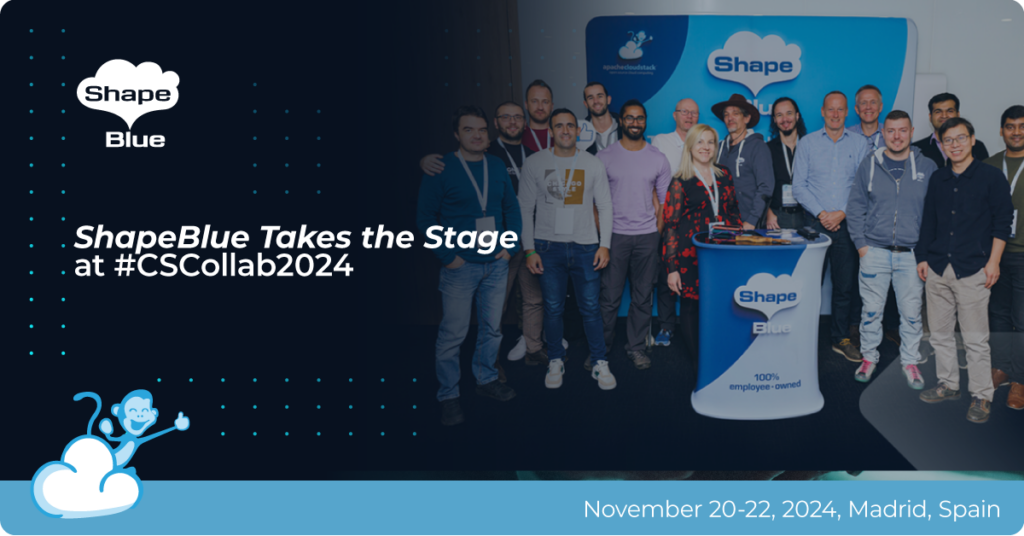
The ShapeBlue team is excited to be participating once again at the CloudStack Collaboration Conference! Taking place in the vibrant city of Madrid, Spain, from November 20-22, the event is set to be another #CSCollab to remember. The first day will kick off with a hackathon, followed by two days filled with sessions and workshops, […]
CloudStack Storage Browser | CloudStack Feature First Look

Over time, the Primary and Secondary Storages exhaust their available space, requiring CloudStack Administrators to actively manage and free up these resources. Although administrators can view the stored files, they cannot determine whether these files are associated with any CloudStack Volume, Snapshot, Template, or ISO Image. To solve this, Apache CloudStack 4.19 introduced a new […]
Event Roundup: CloudStack European User Group 2024
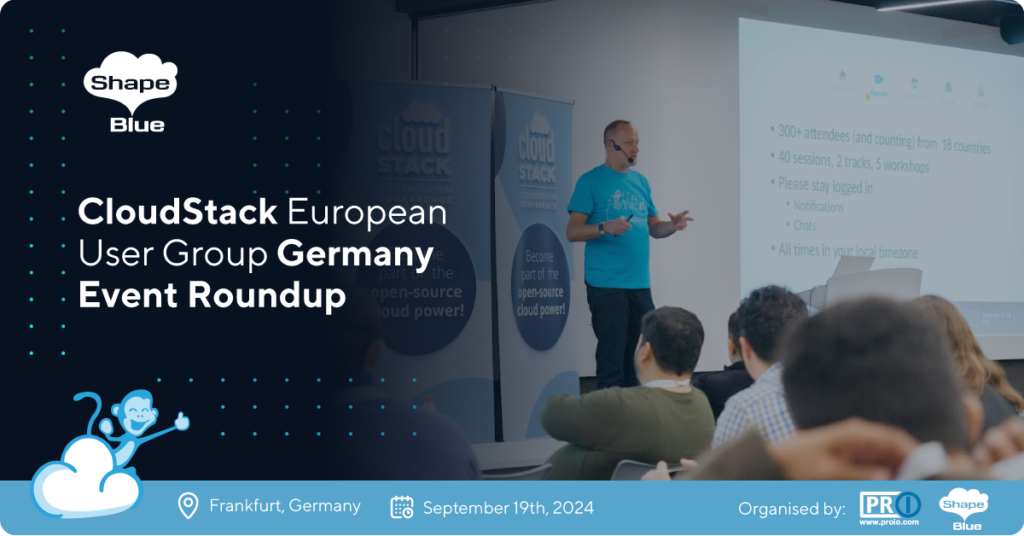
We were pleased to see that this year’s CloudStack European User Group was another productive and useful event for the CloudStack community. It was great to have ShapeBlue CEO Giles Sirett and Technical Marketing Manager Marco Sinhoreli hosting their own sessions. We were also happy to sponsor the event alongside LINBIT and proIO, who served […]



